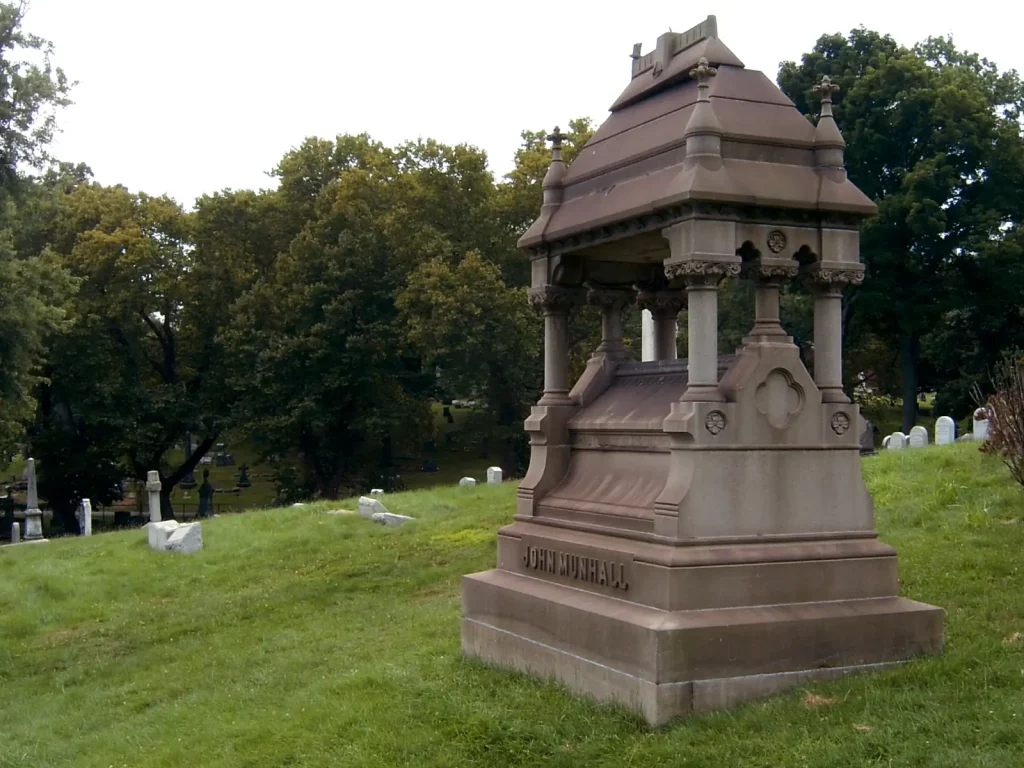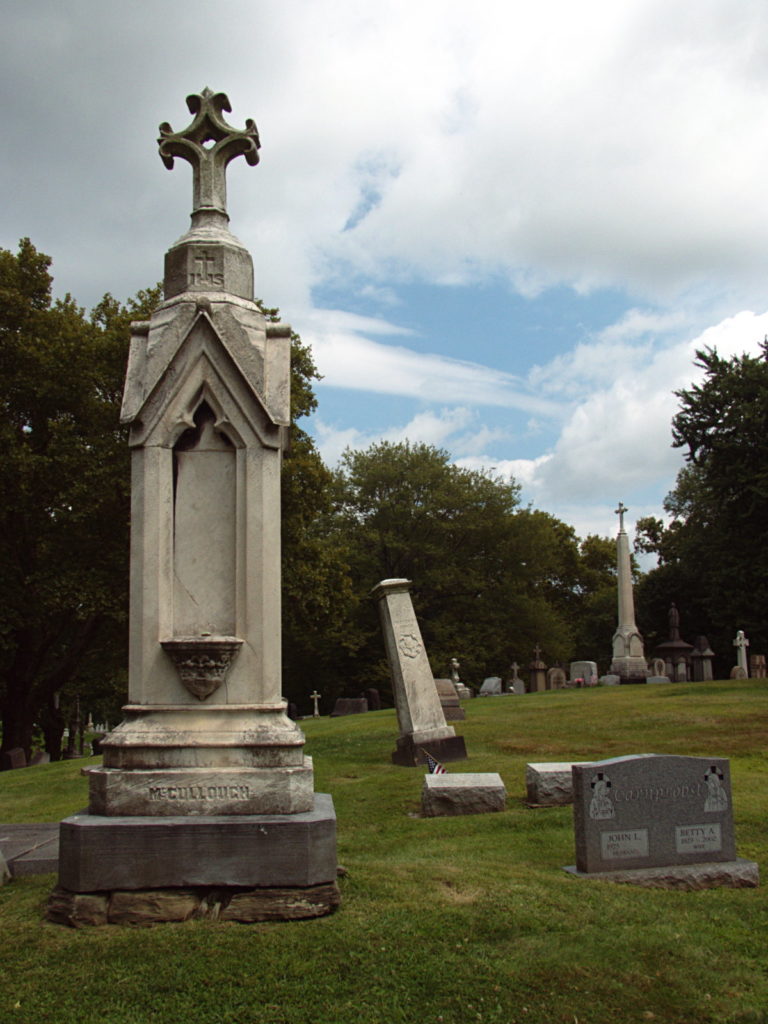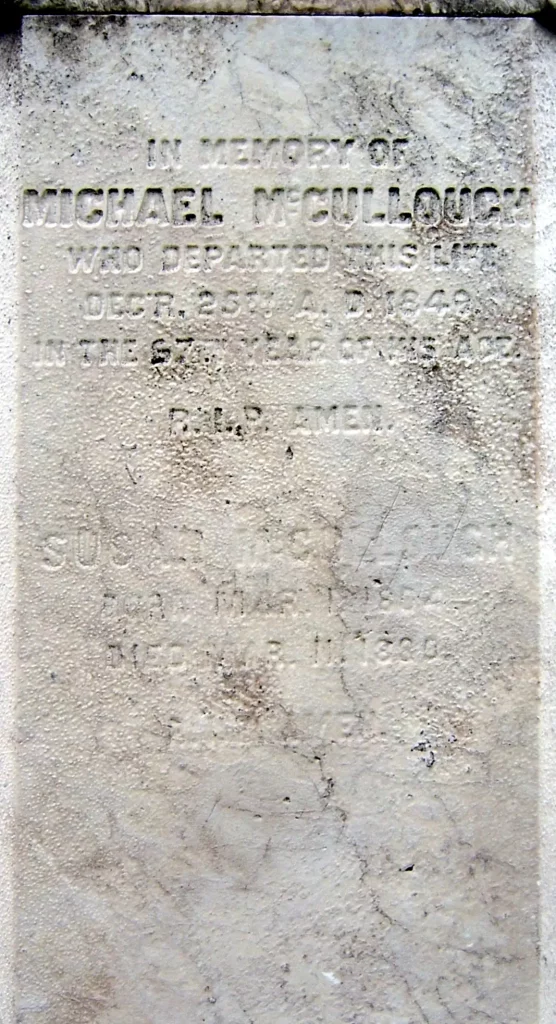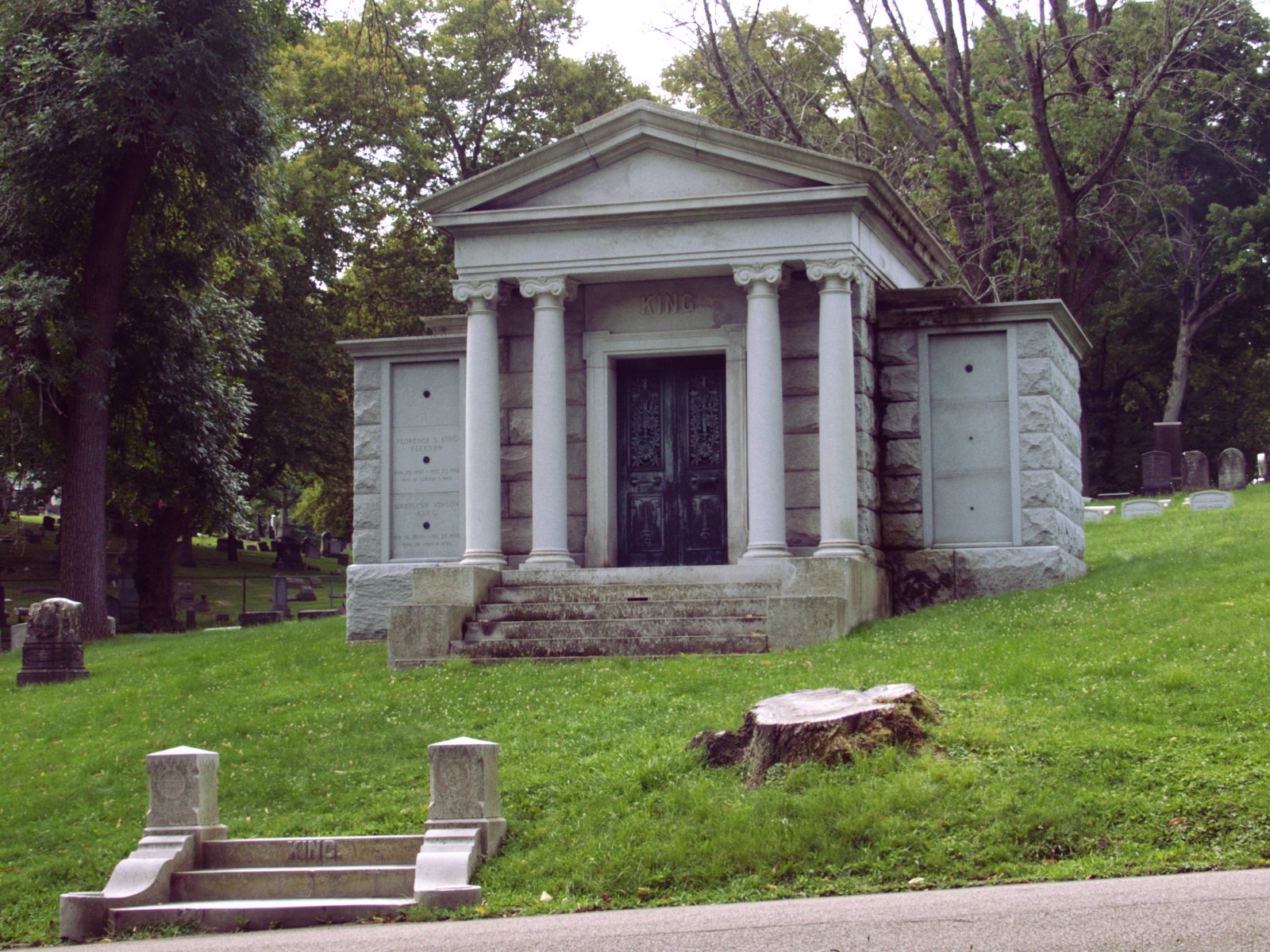
We take the cemetery’s word for it that this is a separate John Munhall from the one memorialized right behind this Gothic monument, but we reserve some private doubts. The cemetery site says this: “John Munhall was a landowner in West Mifflin Township in the late 19th century and a borough there was named after him; the stone with the inset angel is his. Margaret, Hetty, and another John are under the Gothic canopy tomb, unique in the Cemetery.” But Hetty and Margaret are definitely mentioned on the angel monument, as you can see in the picture Father Pitt has provided for you. On the other hand, it is hard to understand why John Munhall would require two expensive memorials. At any rate, this is a fine piece of Gothic stonework, but old Pa Pitt thinks it’s a bit of a shame that it had to be placed right in front of that splendid angel.















